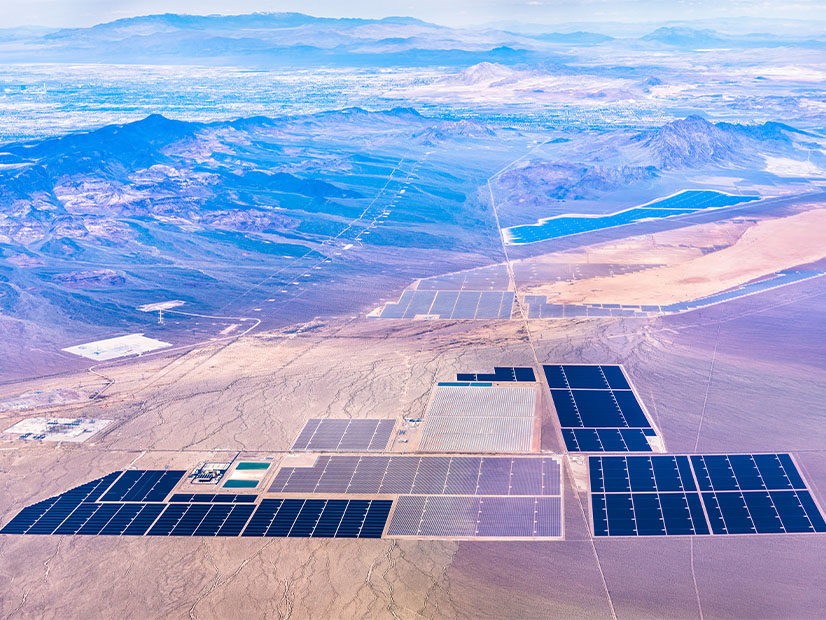The U.S. Bureau of Land Management on Aug. 29 released proposed guidelines for solar energy development on more than 31 million acres of public land in 11 Western states.
BLM’s original Western Solar Plan covers six Southwest states and dates to 2012. The proposed update reflects increased interest in solar development in five Northwest states and changes in photovoltaic technology during the intervening decade.
It steers solar development closer to transmission lines rated at 69 kV or larger; off slopes greater than 10%; onto previously disturbed lands; and away from protected lands, cultural resources and important wildlife habitats.
Project-specific analysis still would be required on every solar facility proposed.
The plan would not apply to projects that are smaller than 5 MW or not connected to the grid.
The proposal is scheduled to be published in the Federal Register on Aug. 30. Sixty days is allotted for protest and consistency review; any issues identified in that time will be resolved, then BLM will publish the record of decision.
BLM and the National Renewable Energy Laboratory calculated that 700,000 acres would be sufficient to meet the nation’s clean-energy goals.
The total planning area covers 162 million acres of public land in the 11 westernmost states. That was narrowed to about 22 million acres in the draft Western Solar Plan released in January 2024 but expanded to more than 31 million acres in the final proposal.
As of July 2024, BLM had permitted approximately 29 GW of clean-energy projects — 69 geothermal, 52 solar and 41 wind, plus 42 transmission connection lines on federal land.
At that time, it also was processing 62 applications for clean-energy projects in the Western states with a combined potential of 31 GW. It said hundreds more project applications were in preliminary review.
The proposal has drawn considerable attention and feedback — BLM said that after it published the draft in January it received more than 50,000 comments.
Some industry groups said Aug. 29 that BLM had drawn the maps too narrowly in the final proposal.
In a prepared statement, the Solar Energy Industries Association said it has long sought to level the playing field for energy development on public lands, and the solar plan does not do that:
“While we’re still reviewing the details, we’re pleased to see that BLM listened to much of the solar industry’s feedback and added 11 million acres to its original proposal. While this is a step in the right direction, fossil fuels have access to over 80 million acres of public land, 2.5 times the amount of public land available for solar.”
American Clean Power made a similar point and said it looks forward to working with BLM and stakeholders to reduce unnecessary regulatory hurdles:
“ACP appreciates the time BLM has dedicated to reviewing the permitting process for solar development and recognizes the flexibility added into the project design features and additional acres made available in the final plan. However, we remain concerned by the exclusion of some areas which could otherwise allow for development in ways compatible with resource protection.”
The Wilderness Society, however, praised the protective stance BLM took. It said:
“The BLM’s final Western Solar Plan harnesses this clean and abundant resource responsibly, focuses projects away from ecologically and culturally sensitive places, honors community input and realizes the imperative that our public lands must be part of the climate solution. We look forward to working with the administration, the solar industry, communities, Tribes, and other stakeholders to ensure individual projects live up to the strong standard that was set today.”
BLM Director Tracy Stone-Manning said the final plan is a good one:
“It will drive responsible solar development to locations with fewer potential conflicts while helping the nation transition to a clean energy economy, furthering the BLM’s mission to sustain the health, diversity and productivity of public lands for the use and enjoyment of present and future generations.”



